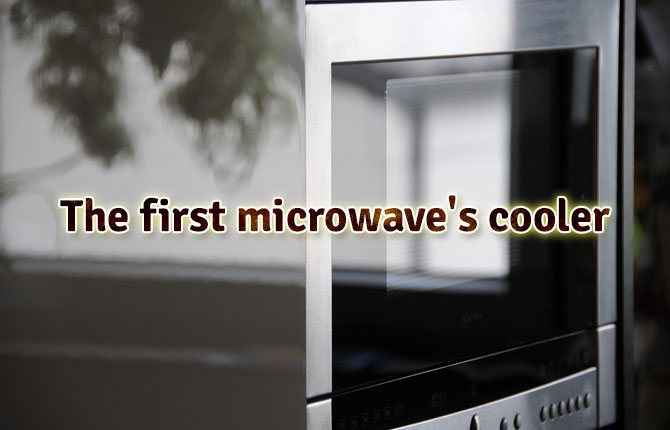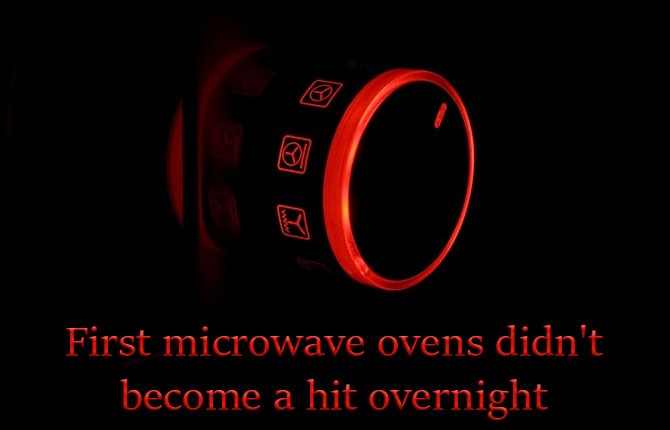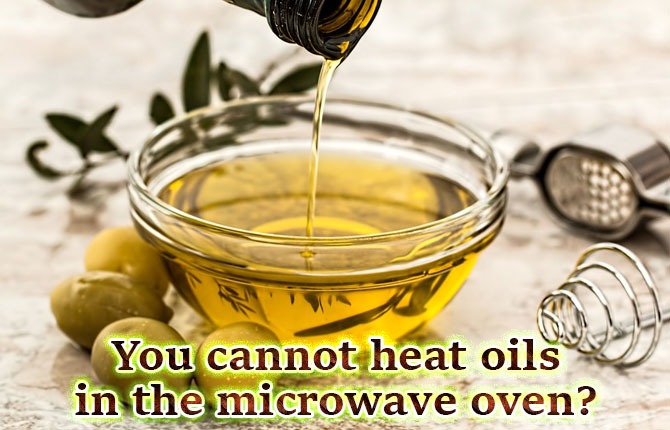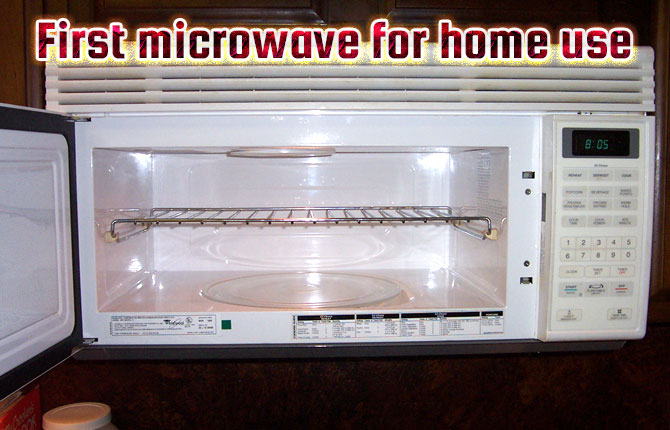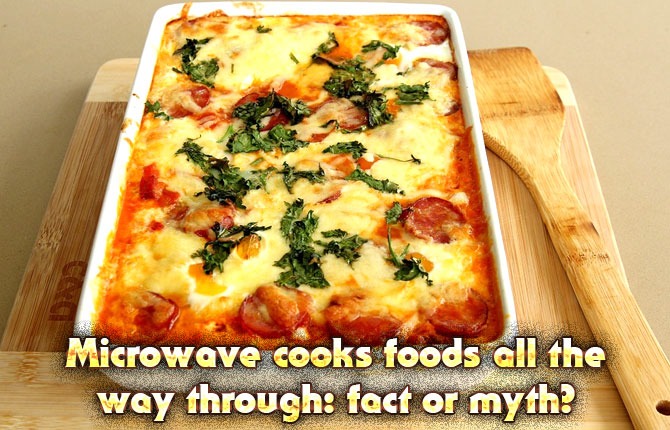Microwaves have become an indispensable part of our kitchens — they’re easy to use and make lives more convenient. Need to thaw your frozen chicken for dinner? Too lazy to turn on the stove and boil water for your coffee? Need to melt butter quickly for your chocolate chip cookie dough? Where will you prepare your TV dinners? The microwave oven can be quite versatile, that’s why it’s popular.
Here are some of the more interesting facts about the microwave that you probably do not know:
Do you know that this amazing kitchen gadget called the microwave oven was invented from an accident? In 1945, American engineer Percy Spencer was experimenting with a magnetron, a high-powered vacuum tube that produced microwaves. One day while working near the magnetrons, Spencer noticed his chocolate bar began to melt in his pocket.
After Spencer found out that his candy bar melted inside his pocket while working near the magnetrons, he deliberately made another microwave cooking experiment using a popcorn. It later popped. Another food Spencer tried was the egg, which exploded.
Not everything can be put inside the microwave oven safely. Here’s a list of foods and other things that are not microwave-safe — they are most likely to explode and damage your unit.
- Eggs
- Grapes and raisins
- Hot peppers
- Anything with metal — like aluminum foils, stainless-steel mugs and certain plates decorated with metallic trims like your gold-lined fancy chinaware.
- Chinese take-out containers — their handles are made of metal
- Plastic containers like Tupperware. Check the containers first if they’re labeled as microwave-safe.
- Styrofoam. When heated it can release toxic chemicals which will get mixed into your food.
- Paper bags. They can also release toxins and end up burning in flames in your microwave!
- Any food with red sauce. Especially if the container that holds the sauce doesn’t have any lid. It will make a big, big mess.
- Nothing. Since there is nothing for the microwave to absorb (like food and drink), the magnetron (which enables the microwave to heat and cook food) ends up absorbing itself. This can damage the microwave and even end itself up in flames.
In 1947 the first commercially-available microwave oven came out. It was manufactured by Raytheon Corporation, where Percy Spencer was employed and also accidentally discovered heating food by a microwave heat.
The microwave oven, named “Radarrange,” cost about $5000. It was six feet tall and weighed 750 pounds, which is a far cry to the modern microwave ovens. The Radarrange also used three kilowatts, which is a lot compared to the energy-efficient microwaves of today.
The “Radarrange” microwave oven was cooled by water.
The first commercial microwave ovens weren’t an instant success — they were too big, bulky, and expensive. Several modifications and improvements were made to the initial microwave ovens until the newer models were now made smaller and lighter. They could now also be cooled by air instead of water. The prices had been made more competitive and more companies started to make microwaves.
By the 1970s, 60% of US households owned a microwave, and its popularity continued to rise.
How does a microwave oven heat things? It works by increasing energy, therefore causing the molecules to “shake.” Water is most prone to microwave radiation, that’s why it heats quite quickly. Oils (such as olive oil) may have small amounts of water, but not enough to generate as much microwave heat as the water does.
The microwave oven is one of the most popular kitchen gadgets in the US. Over 90% of American households own at least one.
The first microwave for home use was introduced by Tappan in 1952.
You do not have to worry whether microwaved foods are dangerous or not to your health — they are absolutely safe. It’s because the food absorbs the waves, and then the waves convert themselves into heat.
Microwaves are a type of electromagnetic radiation which is used to heat and cook your food. They simply activate the molecules in your food and the molecular action generates the heat. This disproves the old-wives’ tale that you can get cancer from your food that has been heated or cooked by microwave, or just by standing beside the machine.
Some people would like to believe that microwave ovens are a fast way to cook food (especially meat) thoroughly. This isn’t so. Microwaves penetrate into food up to only 1 to 1.5 inches in depth. Microwaves do not really cook deep into the core of your food.
That’s why you should never, ever attempt to cook raw meat, fish, and poultry in the microwave; chances are they could still get raw. You know that eating undercooked meat will get you food poisoning! You can thaw frozen meat though, by using a microwave oven, and cook it in the stove or in the regular oven as you’ve always done.




